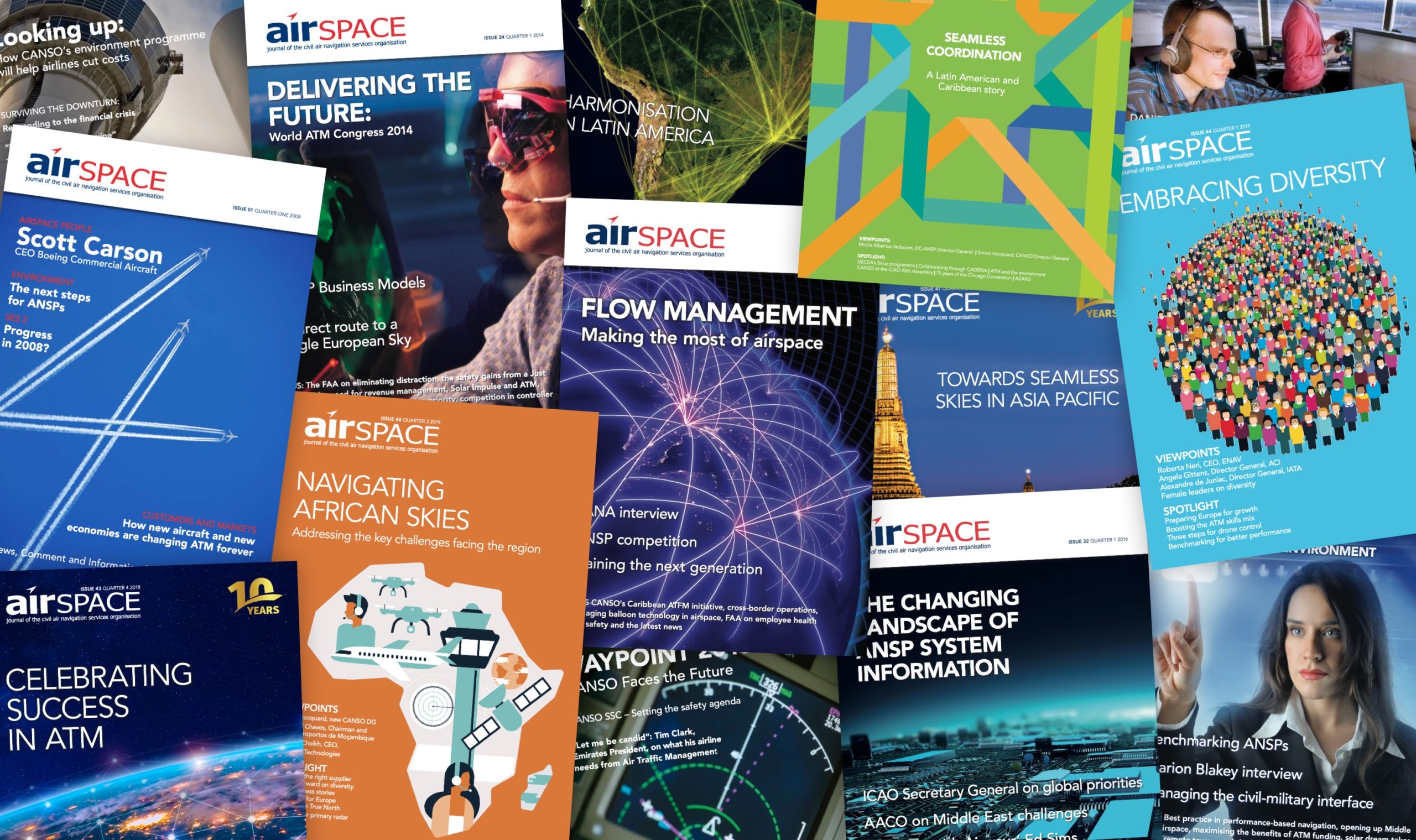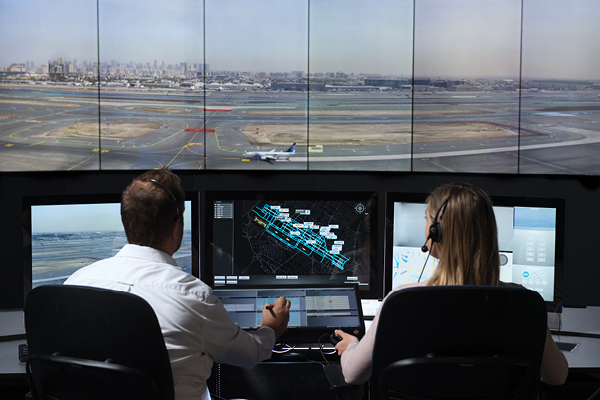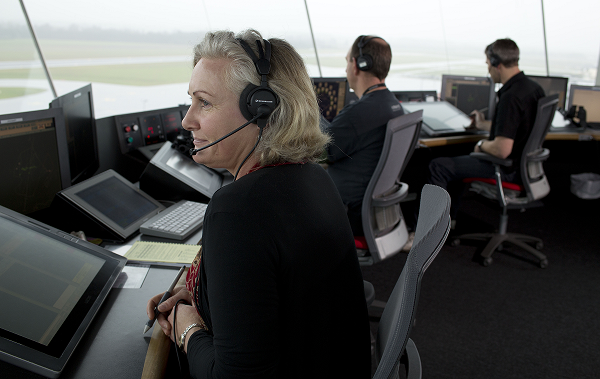Keeping ATCO skill levels optimised

Maintaining air traffic controller competency will be vital during the slow recovery process.
Though there has been a gradual increase in domestic and short-haul travel, most industry observers now accept that the rebuild of the international footprint will likely take several years.
The International Air Transport Association (IATA), for example, thinks it will be 2024 before revenue passenger kilometres (RPKs) recover with fewer unique city pairs in the schedule.
At the same time, air navigation service providers (ANSPs) do not have the flexibility to match the workforce to demand and must always maintain a full service. In addition, training controllers is a prolonged process and traffic will return to pre- COVID-19 levels at some point.
The challenge therefore is to devise ways to keep the ANSP controller workforce employed and their skill at an optimal level during this extraordinarily lean period.
CANSO has joined forces with IATA, IFATCA and IFALPA on a cross-industry initiative, Safely Navigating the Industry Restart, to examine issues related to recovery and explore a number of ways forward.
Maintaining vigilance
It is normal that time spent away from actively managing flights leads to a degradation of proficiency. It is also to be expected that there will be traffic spikes as demand slowly climbs back to 2019 levels and beyond. The combination of these factors leads to potentially increased risks that must be mitigated.
For existing controllers, vigilance on the job must be maintained. The low traffic volume means it will be much easier for controllers to become distracted.
Increased breaks and hands-on supervision are possible solutions. It may even pay to allow controllers to read or do puzzles so they are kept mentally alert. Stress must also be handled sympathetically as controllers doubtless worry about the security of their job and the future of the industry.
Training is another possibility to keep existing competencies optimised and is also vital for new controllers entering the industry. It must be acknowledged, however, that training has changed. As Delta’s Chris Schwartz noted during the webinar, “everything must be looked at with fresh eyes”.
Incorporating physical distancing into simulator training requires new tools, for example, a problem that is already being tackled by hardware and software firms. The technical side of this issue is, of course, solvable. But it is difficult to replicate the important relationship between instructor and student. Social interaction and being able to read body language are vital elements of teaching.
Distance learning, meanwhile, is becoming the norm rather than the traditional classroom and instructor set-up. Creating content for this delivery method might be expensive and resource- consuming initially but will doubtless pay off in the long run.
Additionally, distance learning is a very flexible option, allowing training to be an almost continuous process as opposed to the structured classroom methodology.
For ab initio training, restricted ratings is an idea that would see “milestones” introduced so that the student becomes eligible to handle ever-increasing amounts of traffic.
Regulation
A final element in dealing with controller competency during the reduction in traffic is interaction with regulators. This goes beyond simply extending licence periods and includes ensuring training standards are appropriate and the overall framework for services is appropriate.
Regulations have to reflect the transformed reality of the industry and ensure the safety of the skies.
With the changes in traffic and the subsequent impact on all aspects of the industry measured in minutes and not years, ANSPs have an enormous challenge on their hands.
The nature of the business precludes the rapid up or downscaling of capacity and workforce. But there are solutions to the challenges in the years ahead. Maintaining controller competency only requires the innovative mindset that has characterised air traffic management to date.


